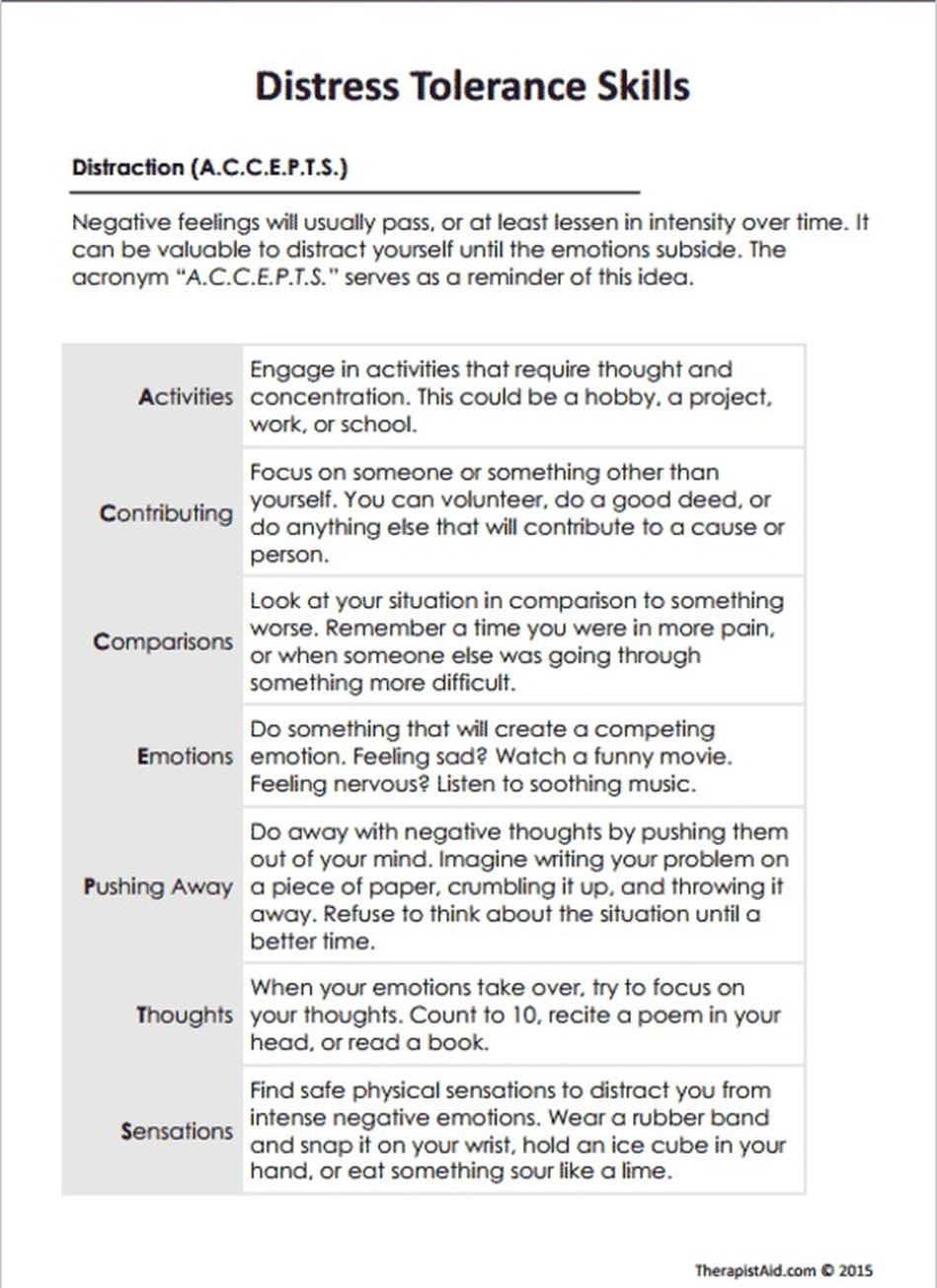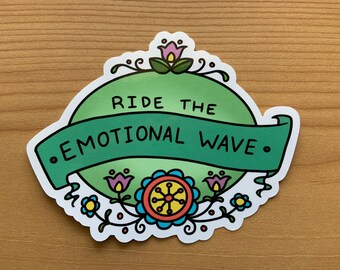Pes patch download 2017. Houses. Training a Mule
By Tim Doud
Diamond Creek Mules, Cody, Wyoming
Reprinted with permission from Mules and More Magazine, May 2009
| Hi Tim!
I look forward to reading your articles!
I am interested in a training program for me and my mule. Just recently I purchased the entire set of John Lyons books from a horse person that no longer rides. I was not sure if all of the principles would apply to my mule and was so glad to see the article about you. Is there anything that does not apply to mules that applies to horses?
A little about Franklin and me; I purchased him at a foreclosure auction last January. He was a ‘gentleman’s farm’, although the owners were not gentlemen. They owned property in Cooperstown, NY, got in over their heads, had Frisians, mules, quarter horses, miniatures, etc….and one day just drove away. Franklin was mule #12 and gave new definition to a large impulse purchase! He is 16 hands even, bay, long thinnish legs (definitely not draft mix) and he has a gorgeous big head with amazing brown eyes.
It took about five weeks of my going to the barn every day for him to decide he liked me and that he was my fella. I am 53, rode English as a kid and am now riding western. Could use a lot of lessons, and am working on that aspect. I have trail-ridden Franklin for up to four hours and he is a prince on the trail. I trust him completely and we have been in a couple of crazy situations, like a giant 15 foot branch landing on his back, riding in the town parade.
He prefers to lead on the trail and kicks out if horses come running up behind him. The problem is that he is pretty much in charge, which I know is the exact wrong thing. He tried to dump me only once and that was when the mare we were riding with went back to the barn early. He whirled around in circles, each time getting closer to where she was headed, threw a buck or two, and then gave up and we went on our way with the gelding.
I do not want to continue to train him incorrectly, as I am sure I have already done. As soon as spring comes I will start round pen work with him. Any thoughts appreciated. Would love to attend a clinic of yours. – Take Care, Terri Bright, New York
Terri,
Thank you for your question. The books from John Lyons are a great investment in your training program. Any good training program, like John’s, will work for any equine. The major difference you will see in training a mule versus a horse is you. You will need to be more consistent and more specific with your cues when training a mule.
When I attended the John Lyons certification program I was the only student in class with mules. I still did every lesson the same as the other students did with horses. The difference was I had to do a better job of communicating to my mules. I had to be more specific with what I was asking them to do. I will always remember the first day of the certification, Josh Lyons, John’s son, walked into the room and the first thing he said was, “Who brought the mules?”
I responded that they were mine. Josh replies, “Don’t make any mistakes.”
As I mentioned above, training mules means better communication. You can allow your mules to make mistakes, they all will at one point or another. But, you must be confident, specific and consistent from day one. It will make all the difference. Contrary to what many think, you can fix any issues that arise. Just be patient, specific and consistent.
WHEN YOU ARE asking your mule for a turn make sure the mule is responding to your cue, not a pattern you have created
|
When you are asking your mule for a turn, or to complete any task, make sure the mule is responding to your cue, not a pattern you have created. Make sure you ask for a response to your cue at different times and places, while being specific and consistent.
Mules are always thinking; more so when you are with him or her. This is their self-preservation. In order to build a better relationship with your mule, you as the trainer, need to be sure you make it easy for your mule to understand what you are after. If you always ask the mule questions, or give it cues it can answer, you will build a trust between you and your mule. If not, you will have a mule that will not respond well to your training methods.
The best way to help a mule find the right answer to your question or cue is to be specific and break your training session down into smaller steps. If you ask your mule a question and he gives you the wrong answer, do not get mad at him. Getting mad only creates problems and the mule will become more defensive and eventually harder to train. Take a step back and think about how you can make the exercise simpler and more obvious for him. Then, ask the mule again until he answers the question correctly. Once he answers correctly, be sure to make a big deal out of it and praise him for doing it right.
ONCE YOUR MULE ANSWERS correctly be sure to make a big deal out of it and praise him for doing it right
|
Think about training as professional athletes do. A professional basketball player is considered great if he makes 50 percent of his baskets. How can we expect our mules to execute each command 100 percent of the time? The only way to achieve that is through practice, training and learning. In order for the basketball player to get to the 50 percent completion rate he must spend many hours each day shooting baskets. The shot must become an automatic response. The automatic response from your mule also takes hours, months and years of practice----just as it does for a professional athlete.
Training is not a quick fix; it takes hours and hours of practice with our mules in order for the mule to learn each cue. This does not mean we must drill each exercise into the mule. We must make learning fun for our mule. Do this by breaking each lesson up into shorter sessions, or take your mule for a short trail ride to get out of the arena.
However, there are a few important things to remember when choosing a training program for you and your mule. Most importantly, be sure the training program you choose works for you and your mule. Next, when evaluating any training program three rules apply: Rule #1 – You cannot get hurt. Rule #2 – The mule cannot get hurt, and Rule #3 – The mule must be calmer at the end of the lesson than before the lesson.
Rule #1 “You cannot get hurt”. You are more important than any mule. If you are teaching a lesson you should ask yourself before you start, “Can I get hurt doing this lesson?” If the answer is “yes”, or even “maybe”, then do not do the lesson.
Rule #2 “The mule cannot get hurt”. Remember, you are responsible for the mule’s safety. If you think the mule can get hurt, or will be caused pain by the teaching method, then do not use the training method. Accidents will happen, but you need to do everything possible to keep your mule safe.
Rule #3 “The mule must be calmer at the end of the lesson than before the lesson began.” If the mule is calm and relaxed after the training lesson, he understands what the trainer is asking. Any time we apply pain to a lesson, whether from a severe bit, excessive force, etc., the mule will resist the training and will not learn. He, instead, will go into preservation mode and vices/issues will eventually arise.
You mentioned your mule kicks at other animals in back of him on the trail. He also tried to dump you once when another equine you were with went back to the back. When your mule acts up like this, ask him to do something you know he will respond to. Disengage his hip; move his front shoulder to the left, ride a small circle around a bush to the right, etc. Keep your mule busy and keep his mind off the animal behind him, or the mare leaving.
Some people are afraid to train their mule because they think they will ‘mess him up’. Equines, even mules, are like a blackboard, you can erase and start all over again, no matter their history. The history does not matter, it is what you do from this day forward that will shape your mule’s future. A mule that has been abused can take a lot of time to trust a human again. However, some of the best mules I have are mules that were abused or given to me as ‘unfixable’. After years of training they have become great partners.Tim can be reached at www.diamondcreekmules.com, or by phone at 307/899-1089, or email: bliss@wavecom.net.
| | Mules and More | May 2009 |
|





